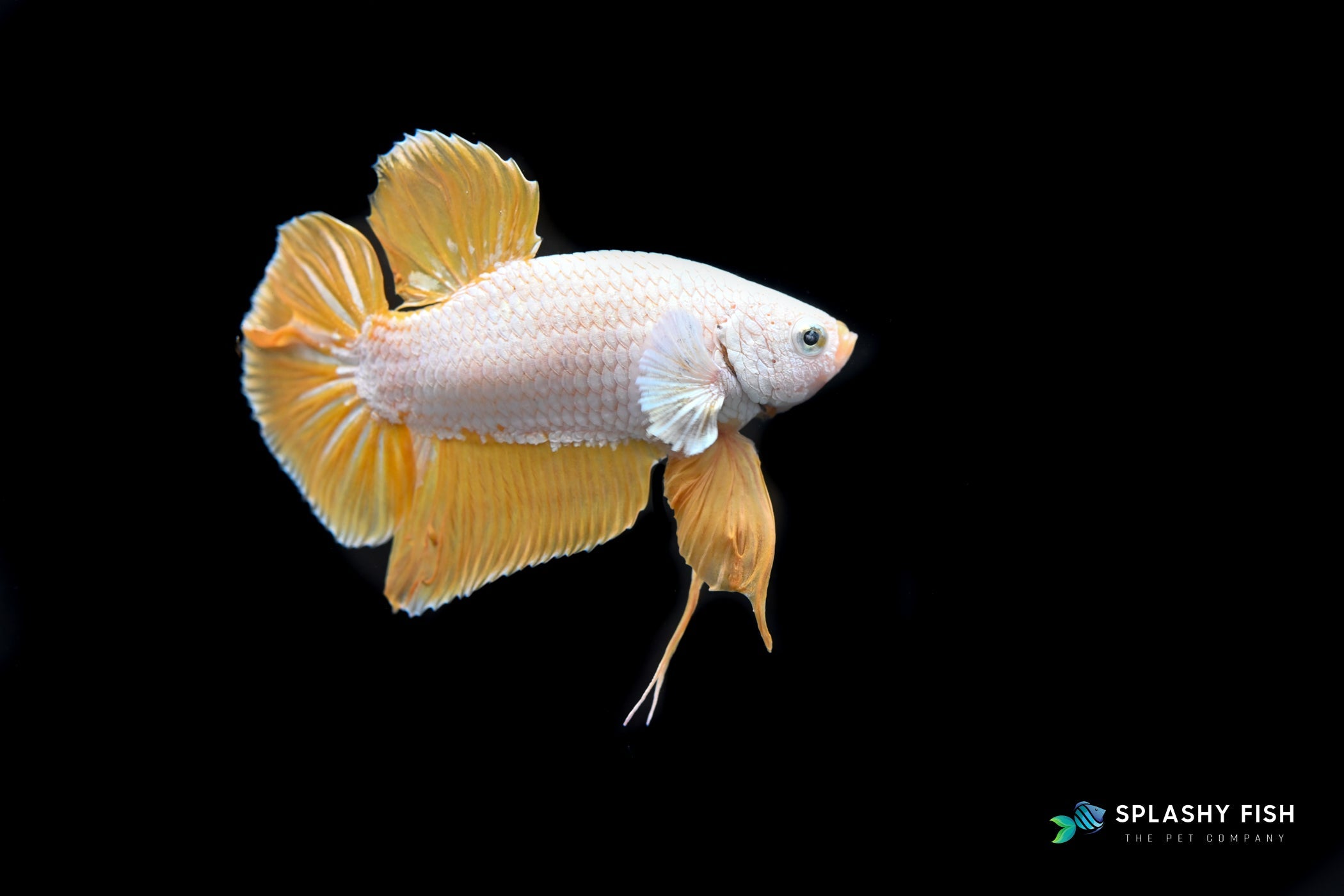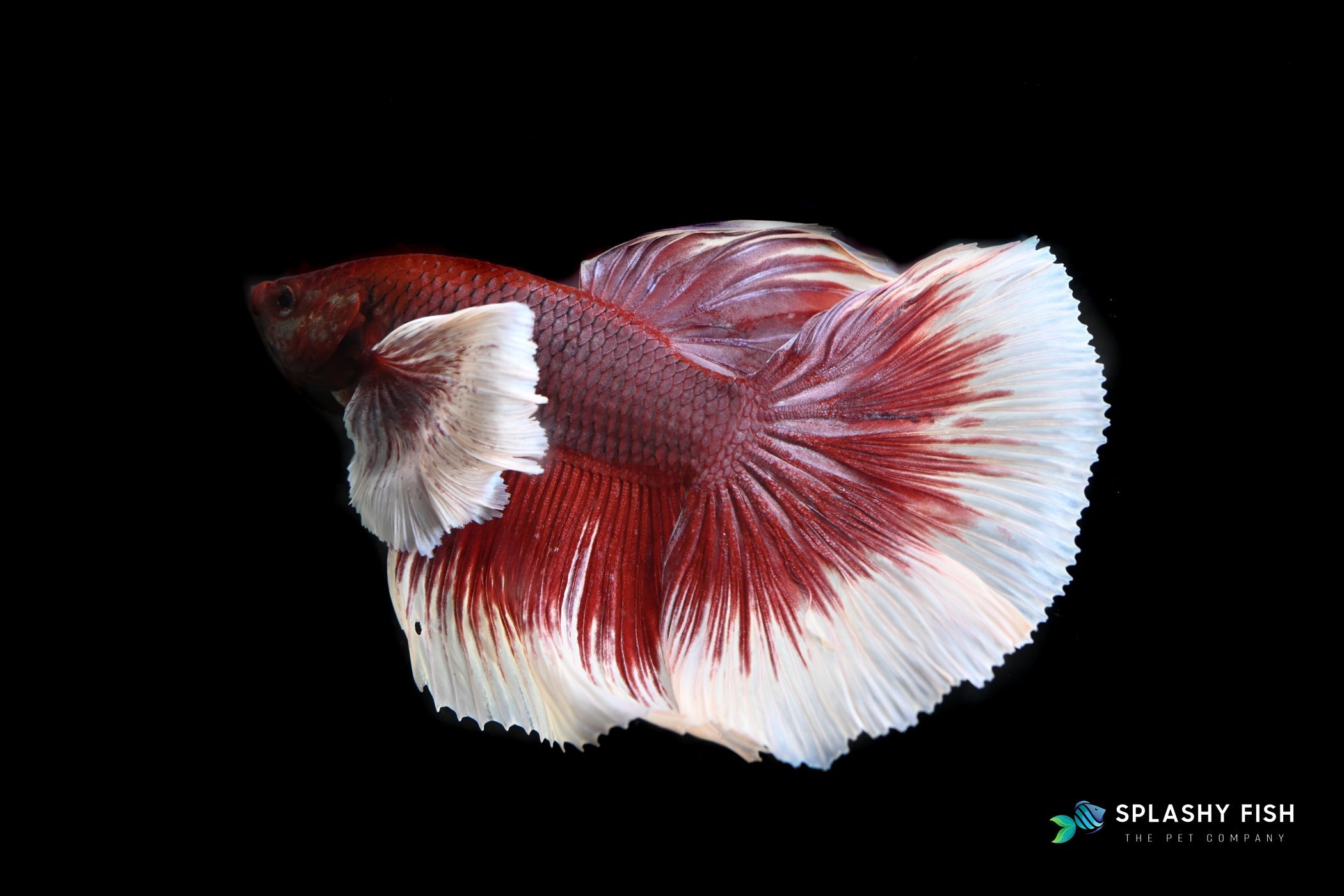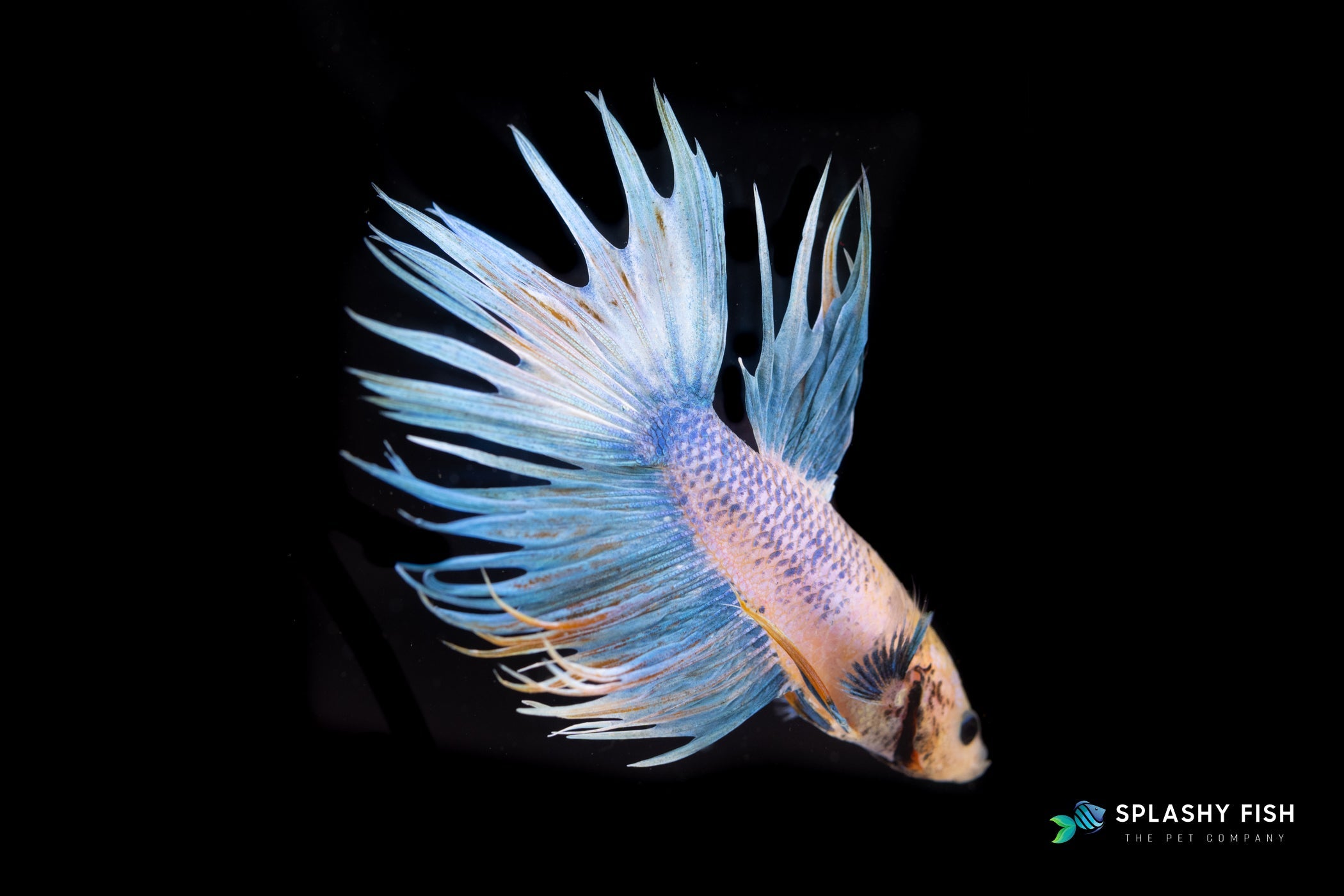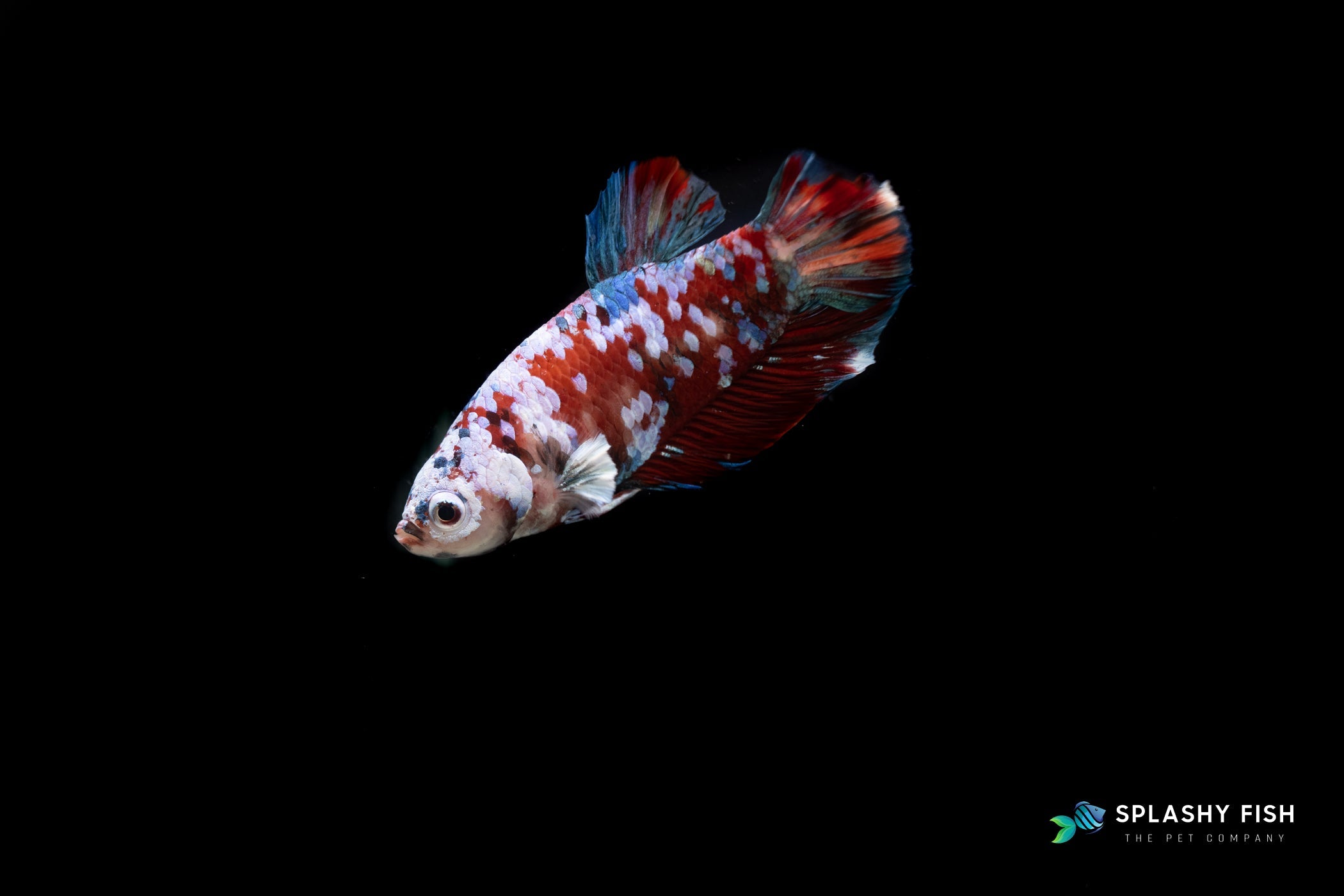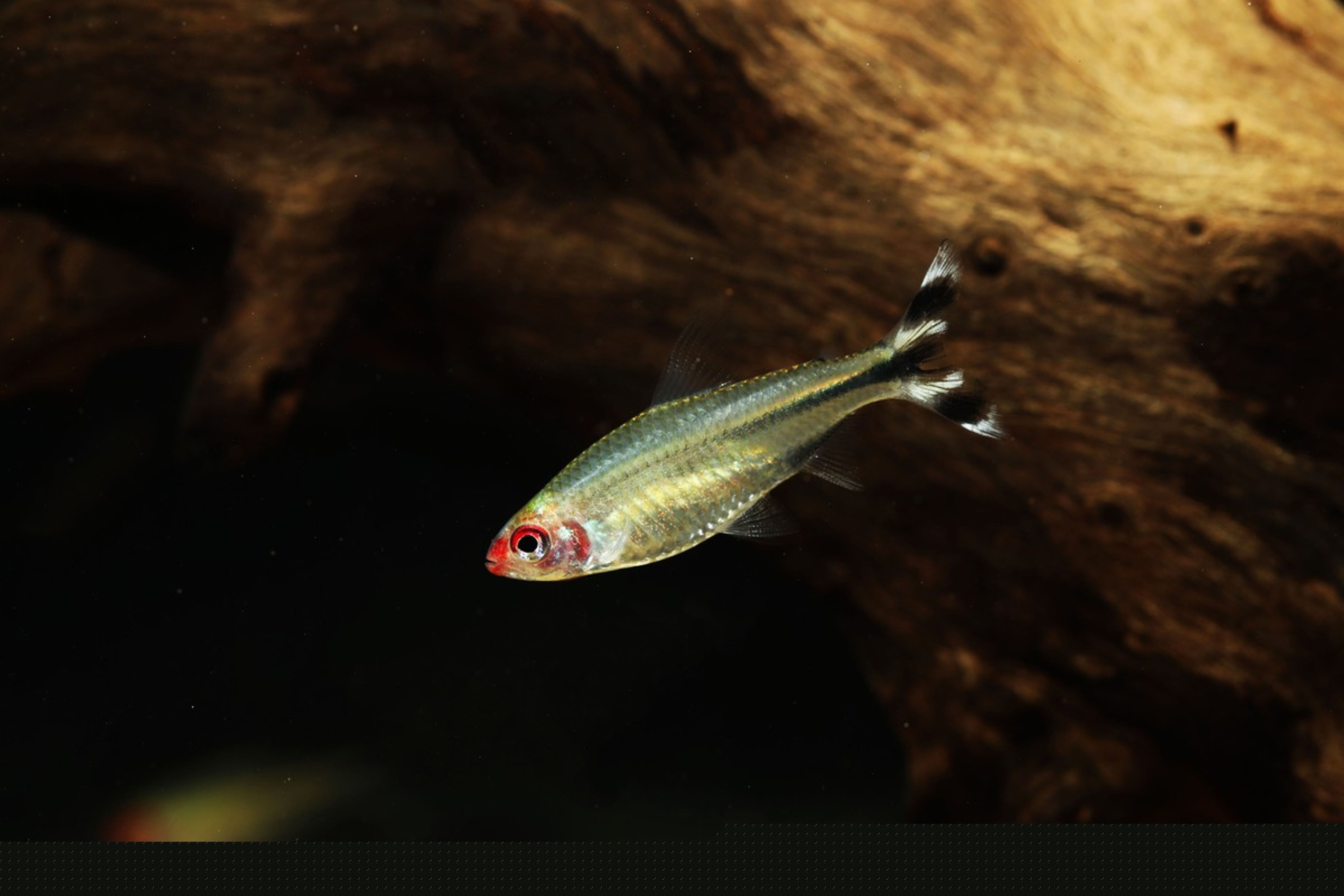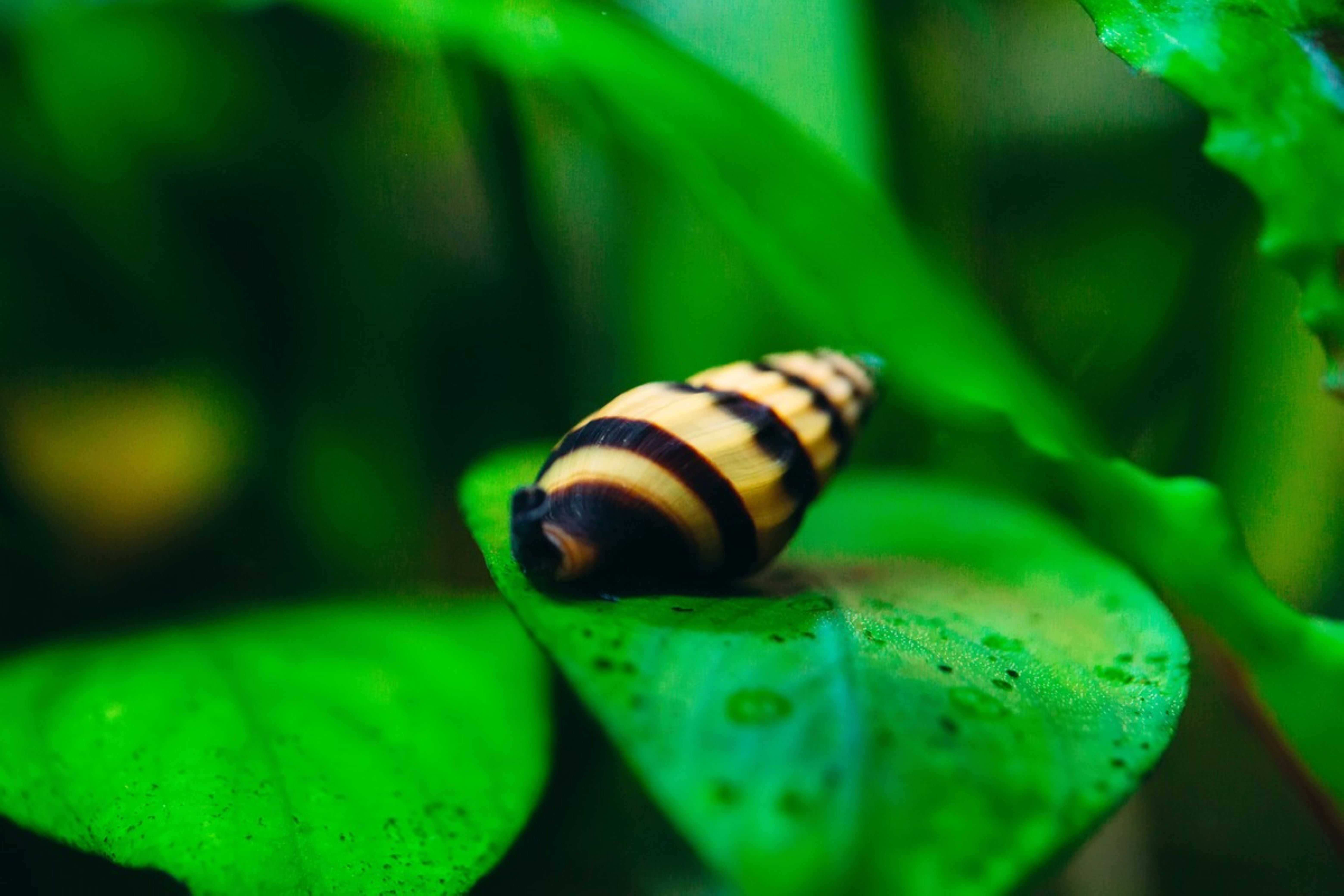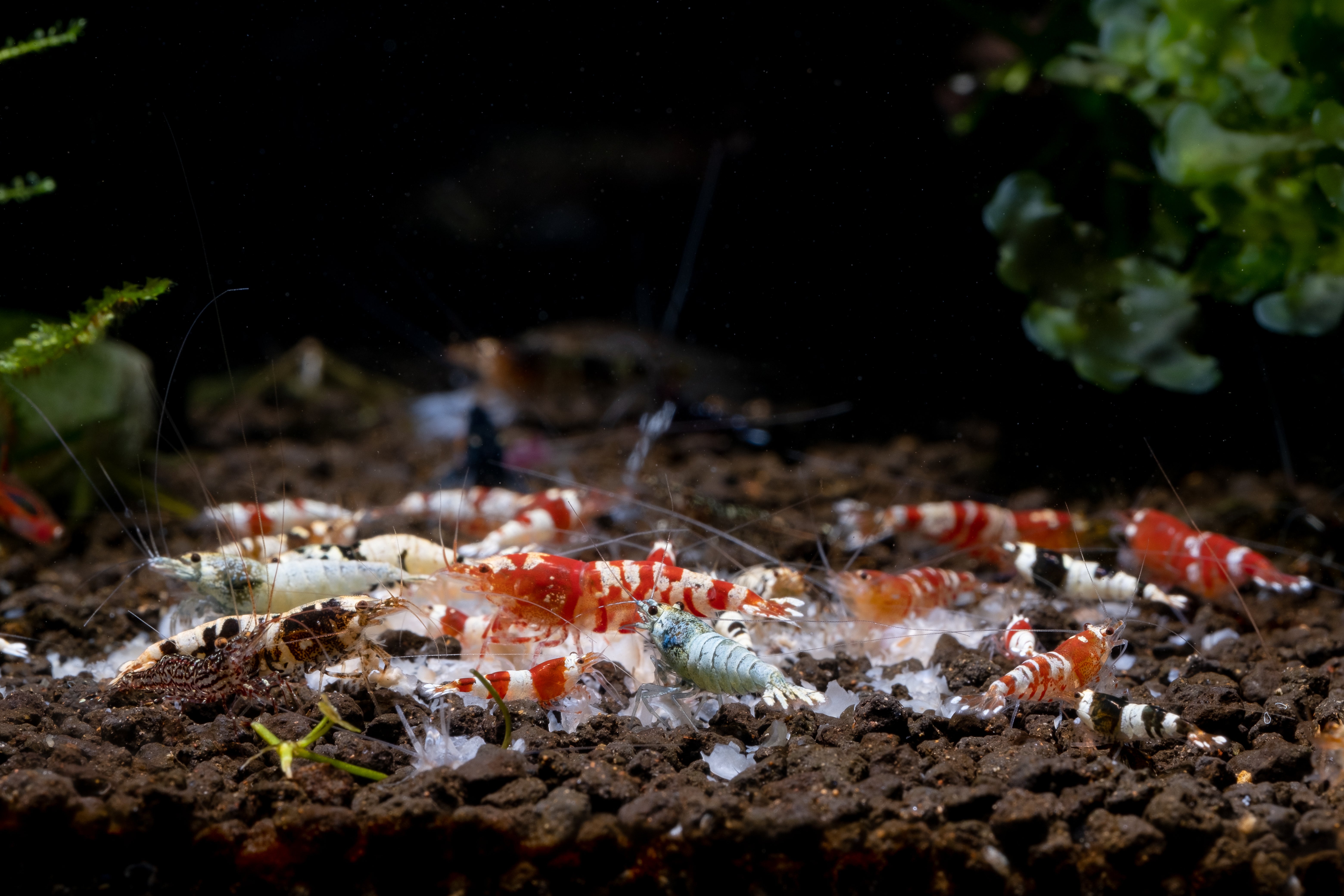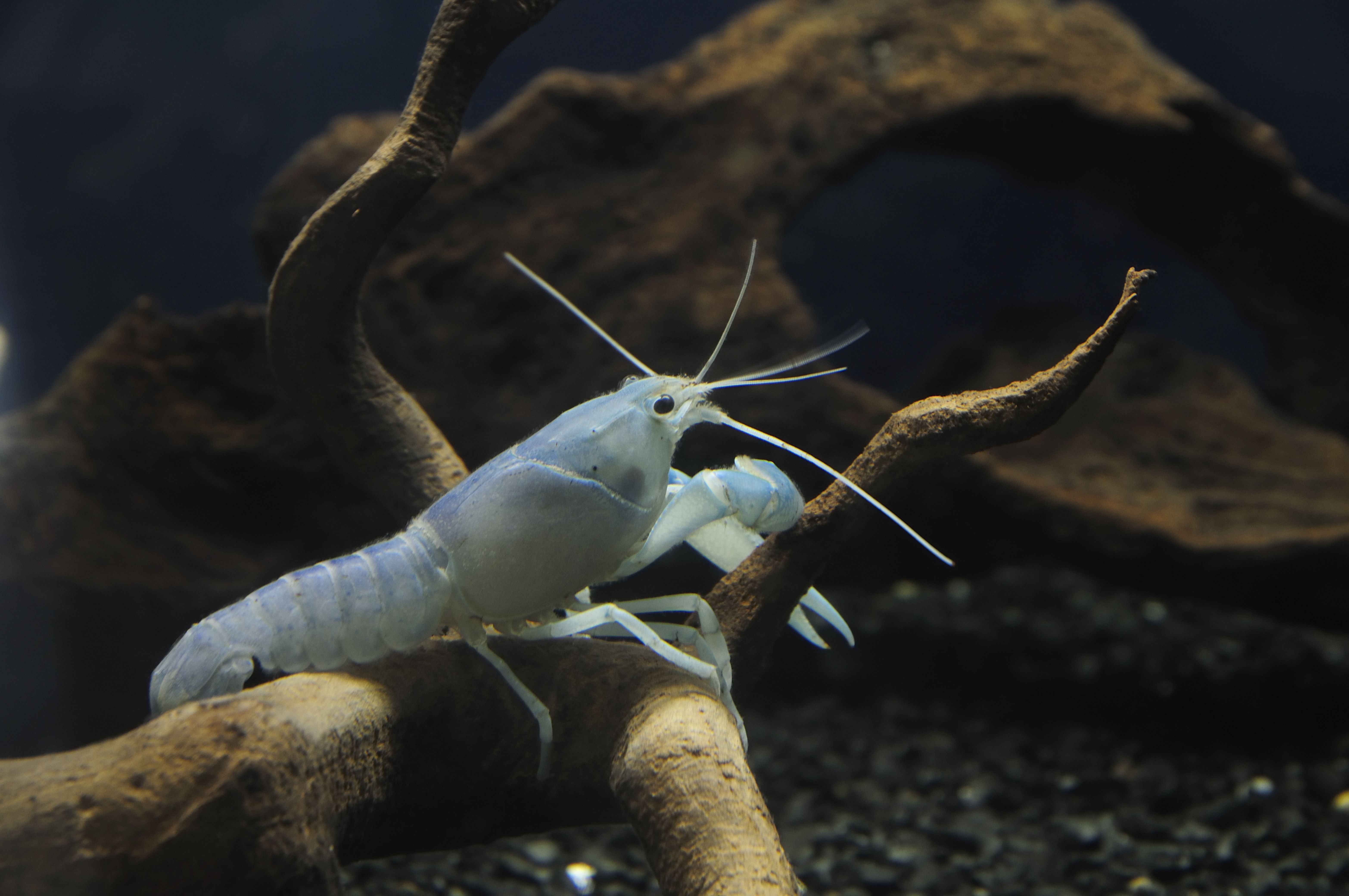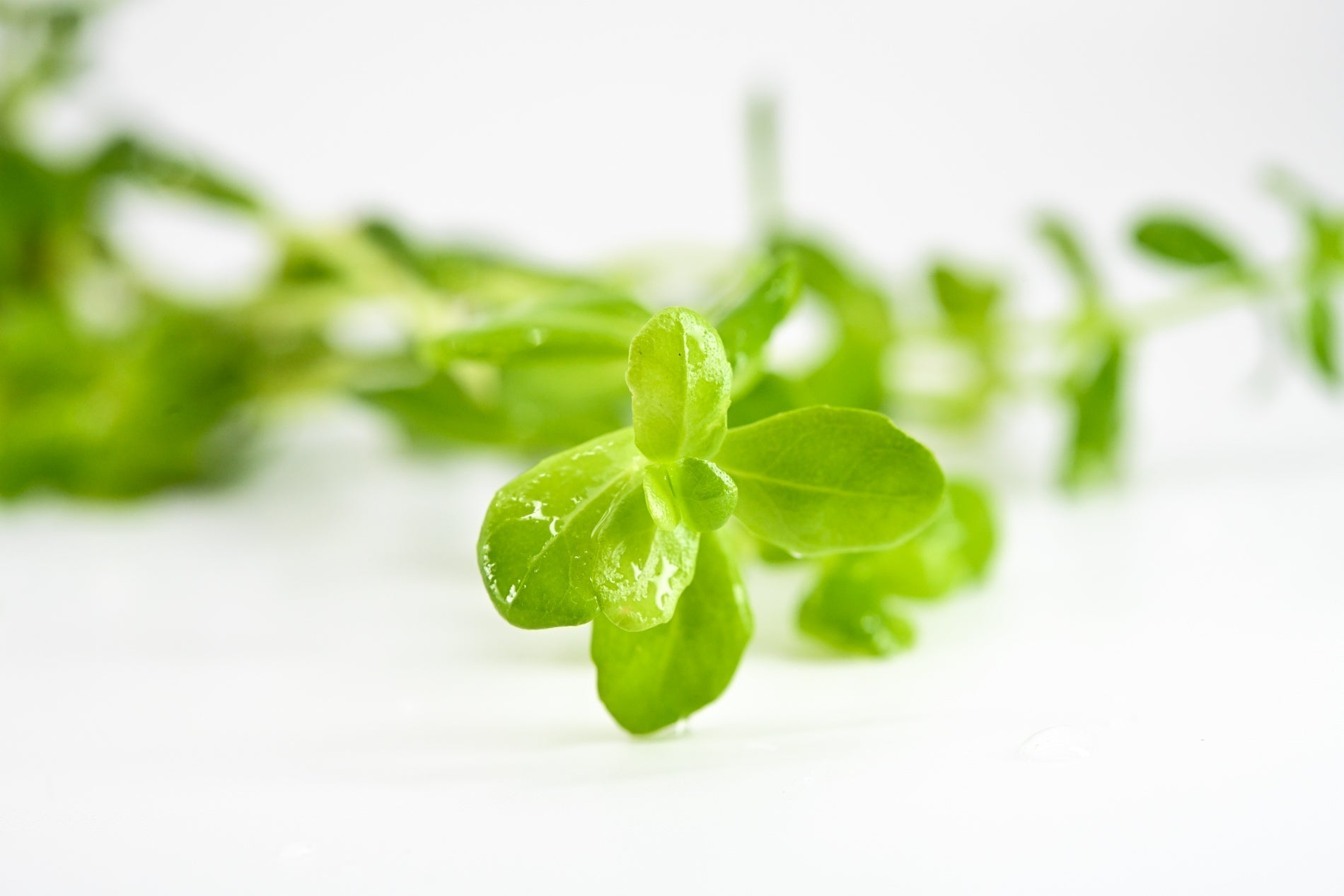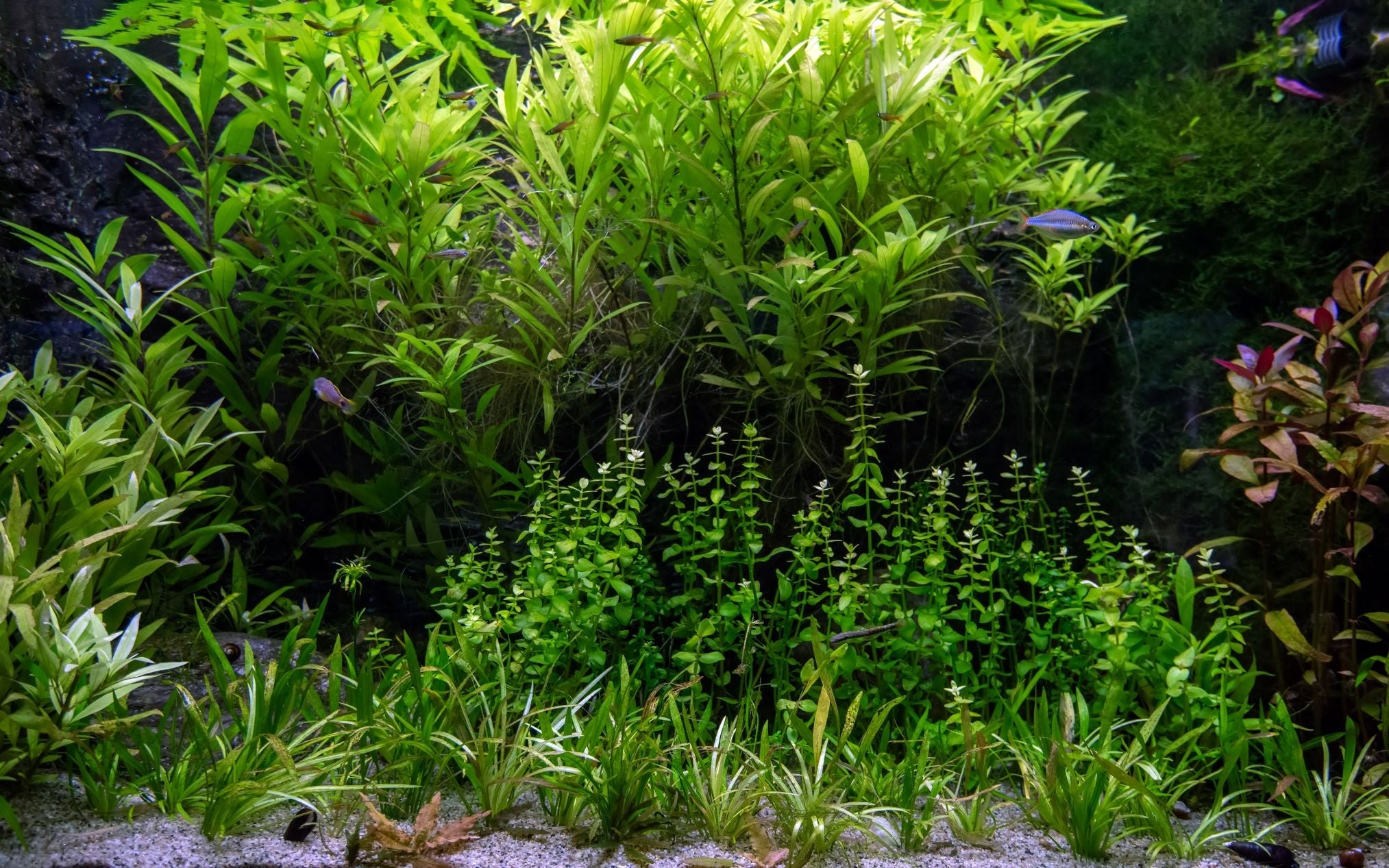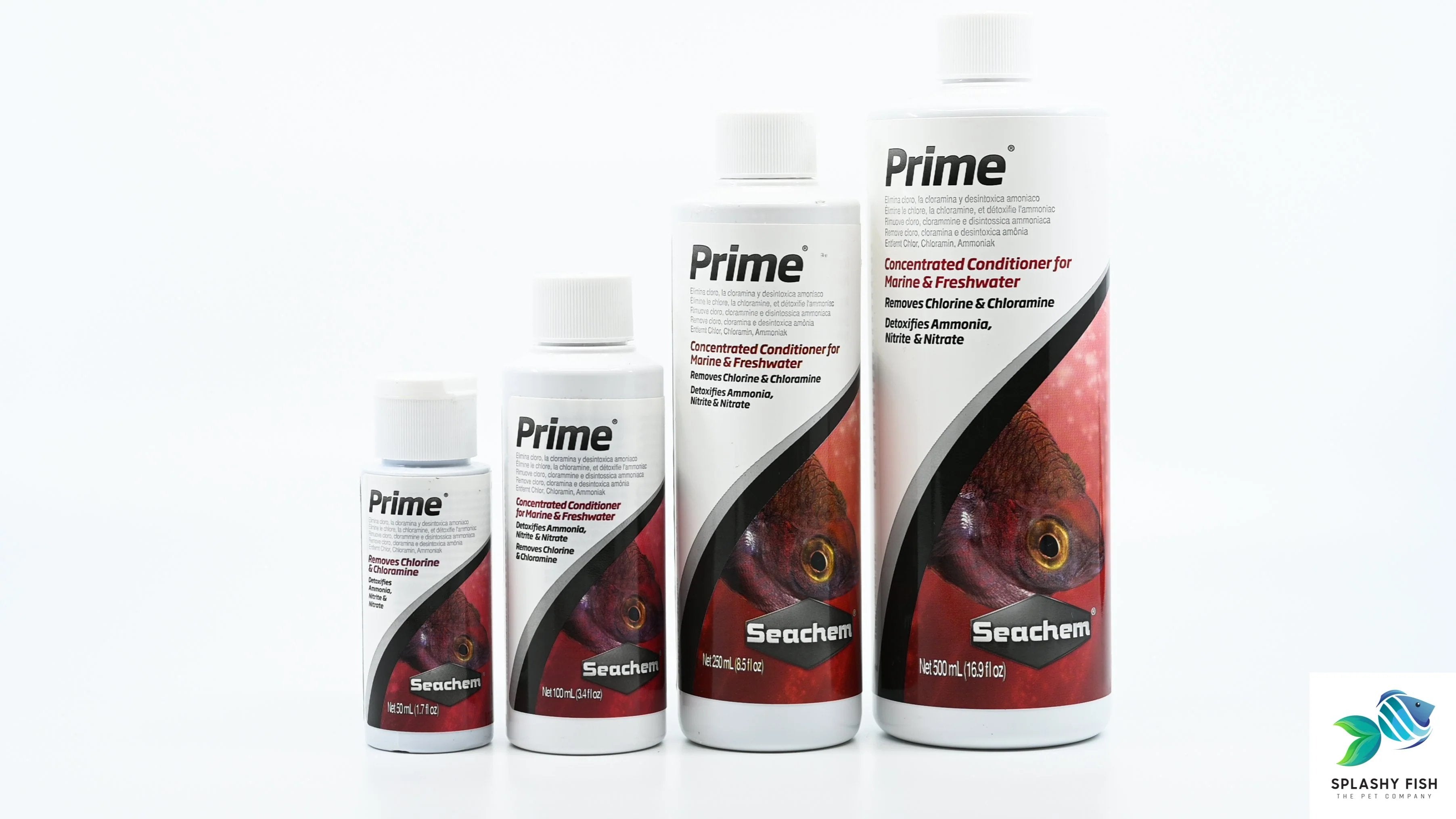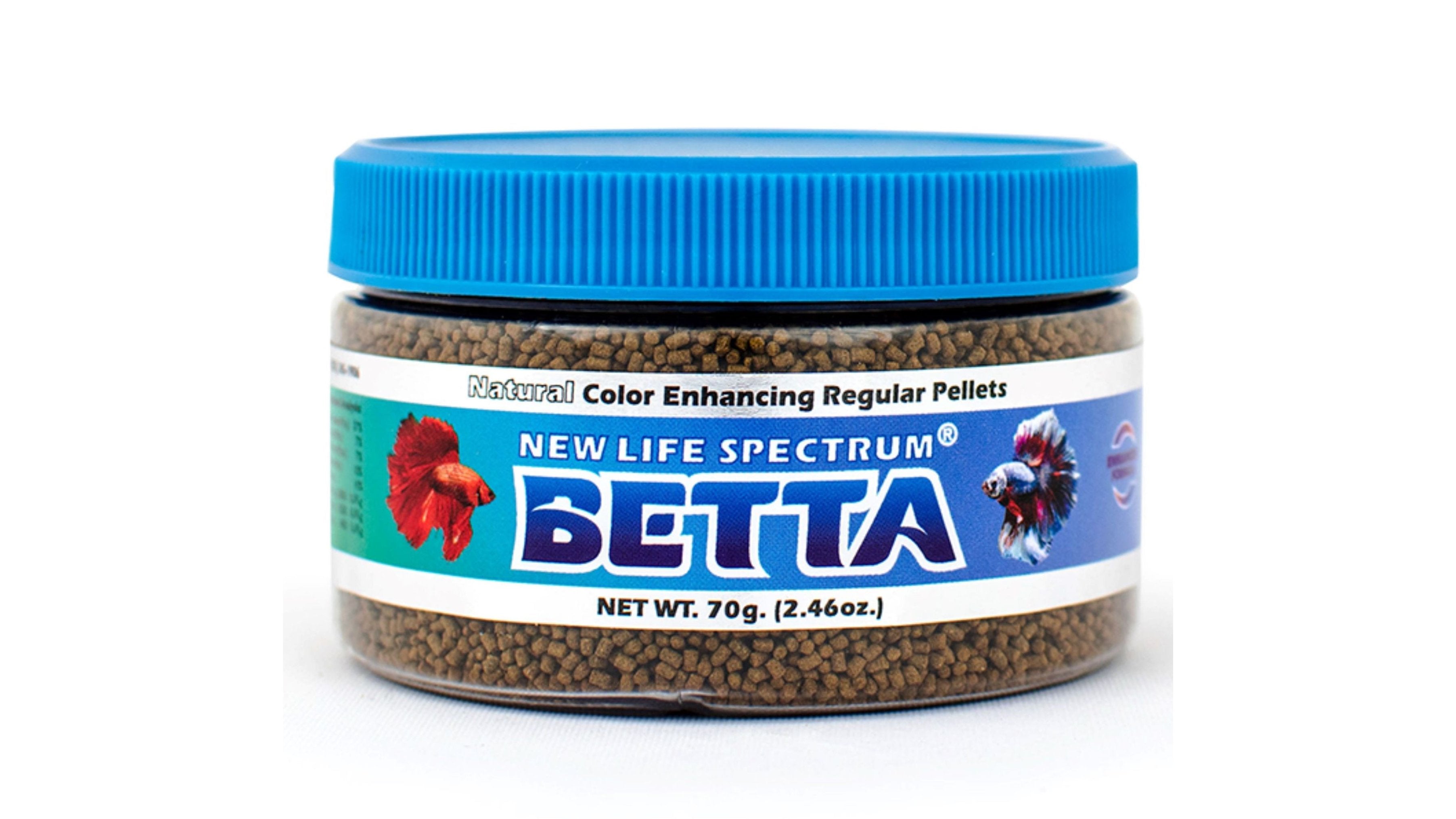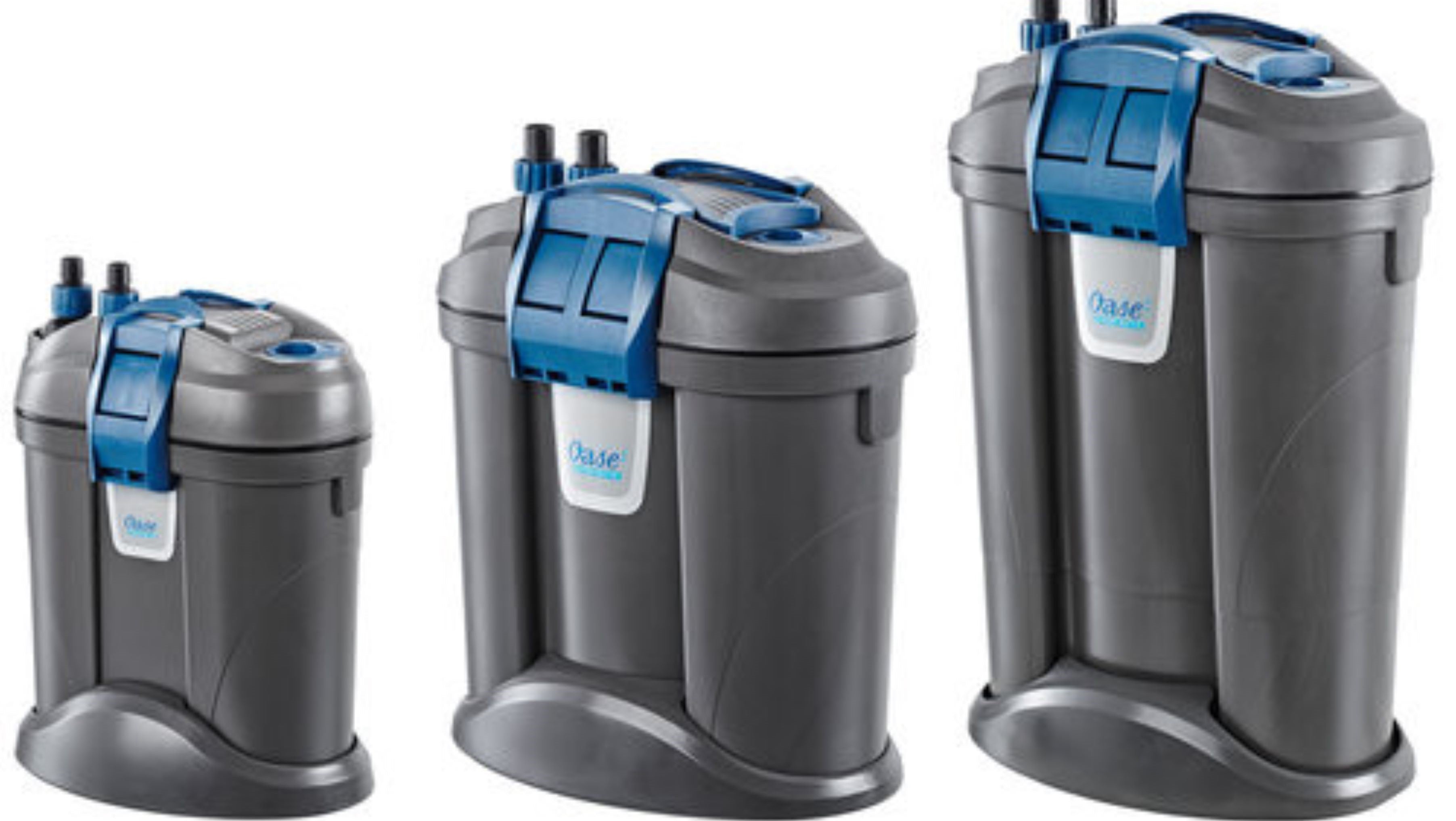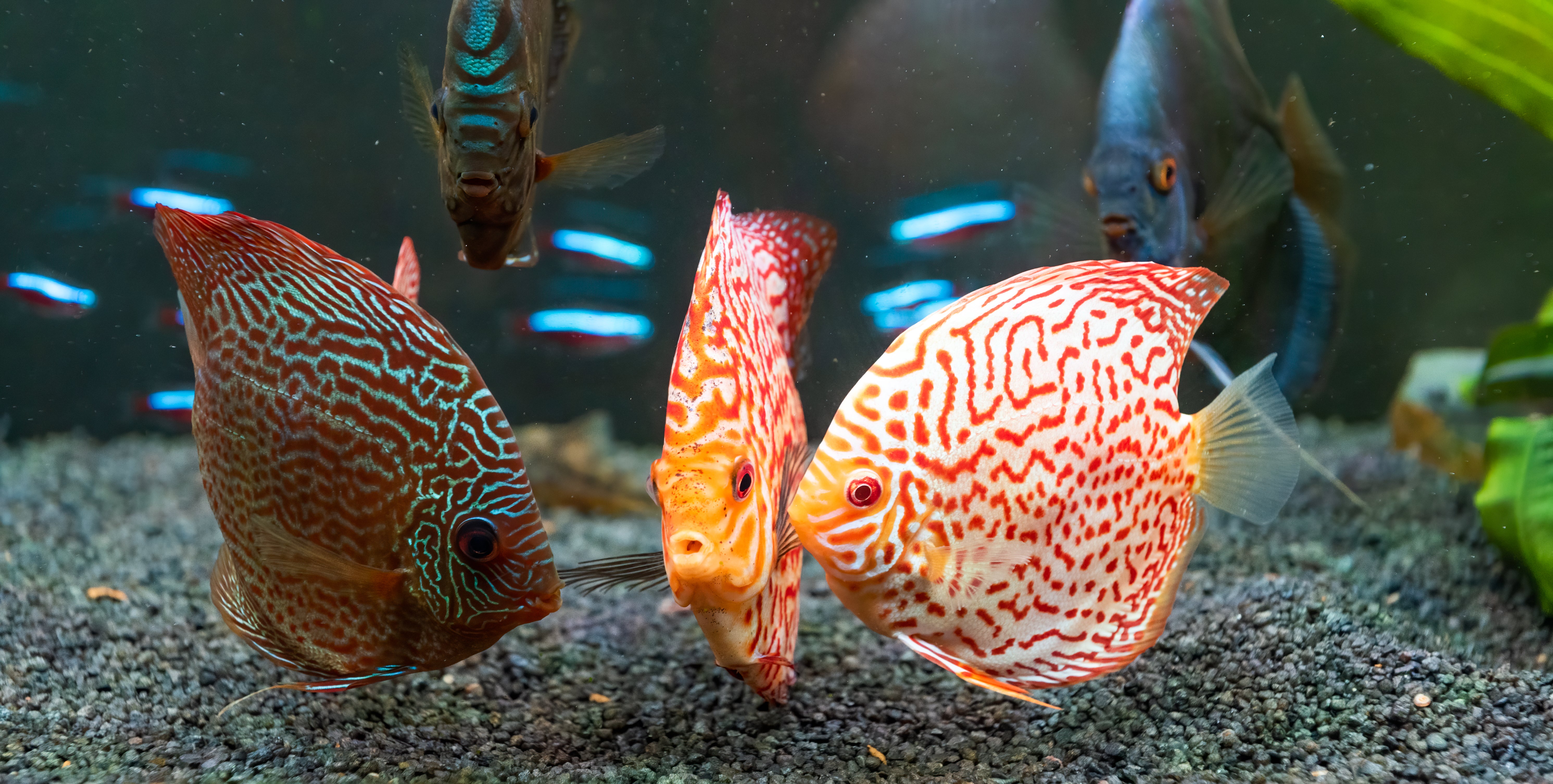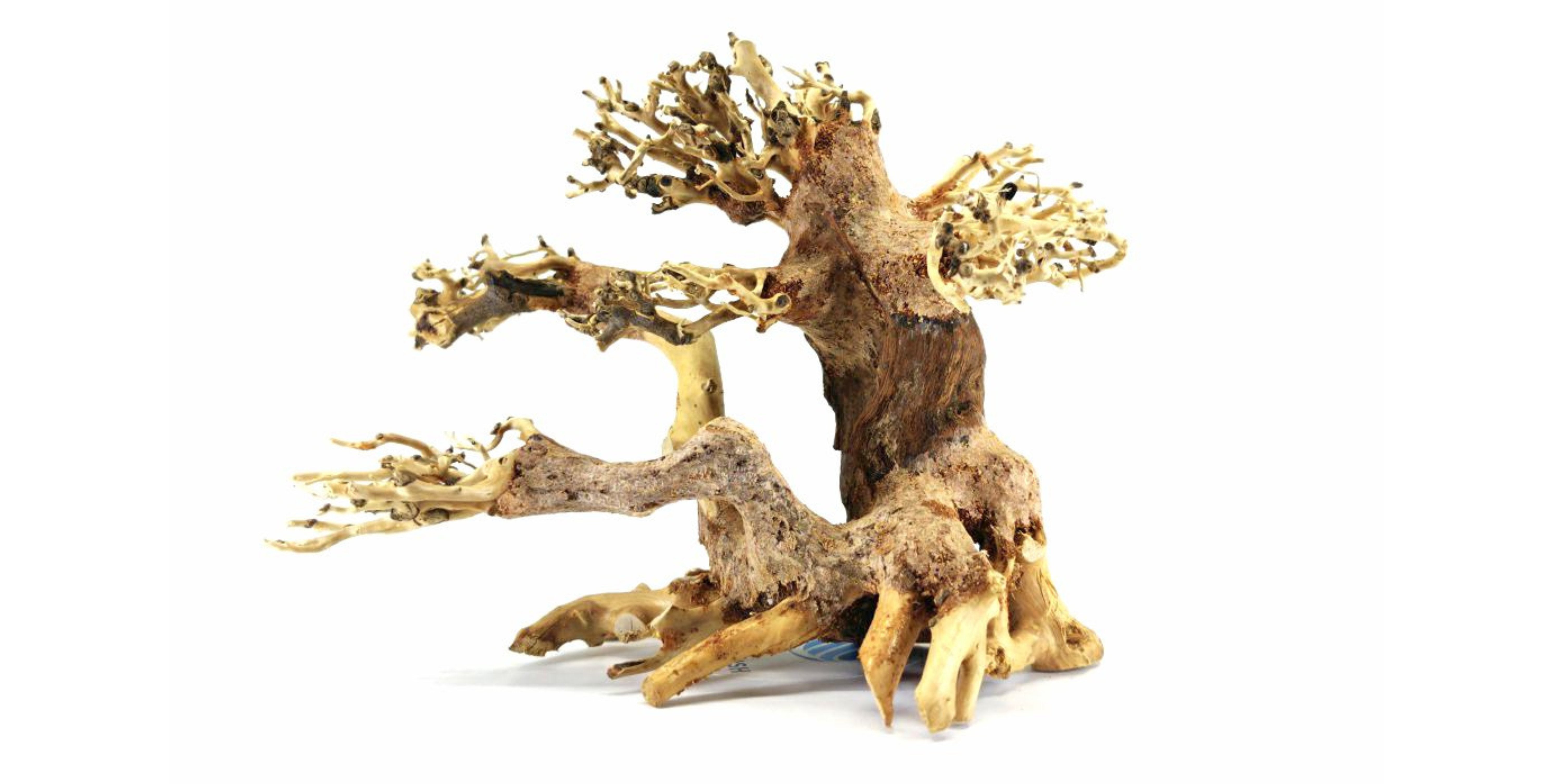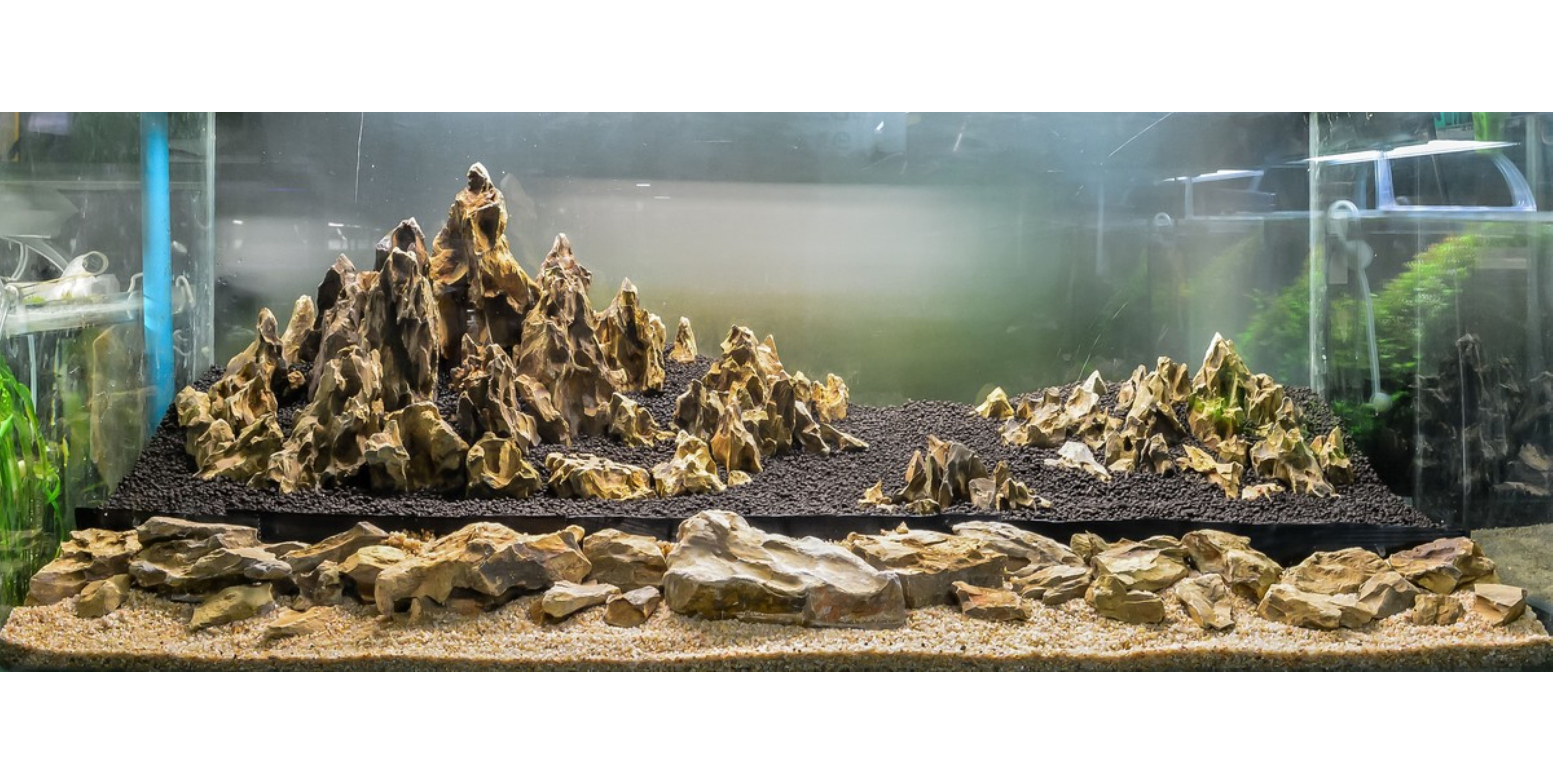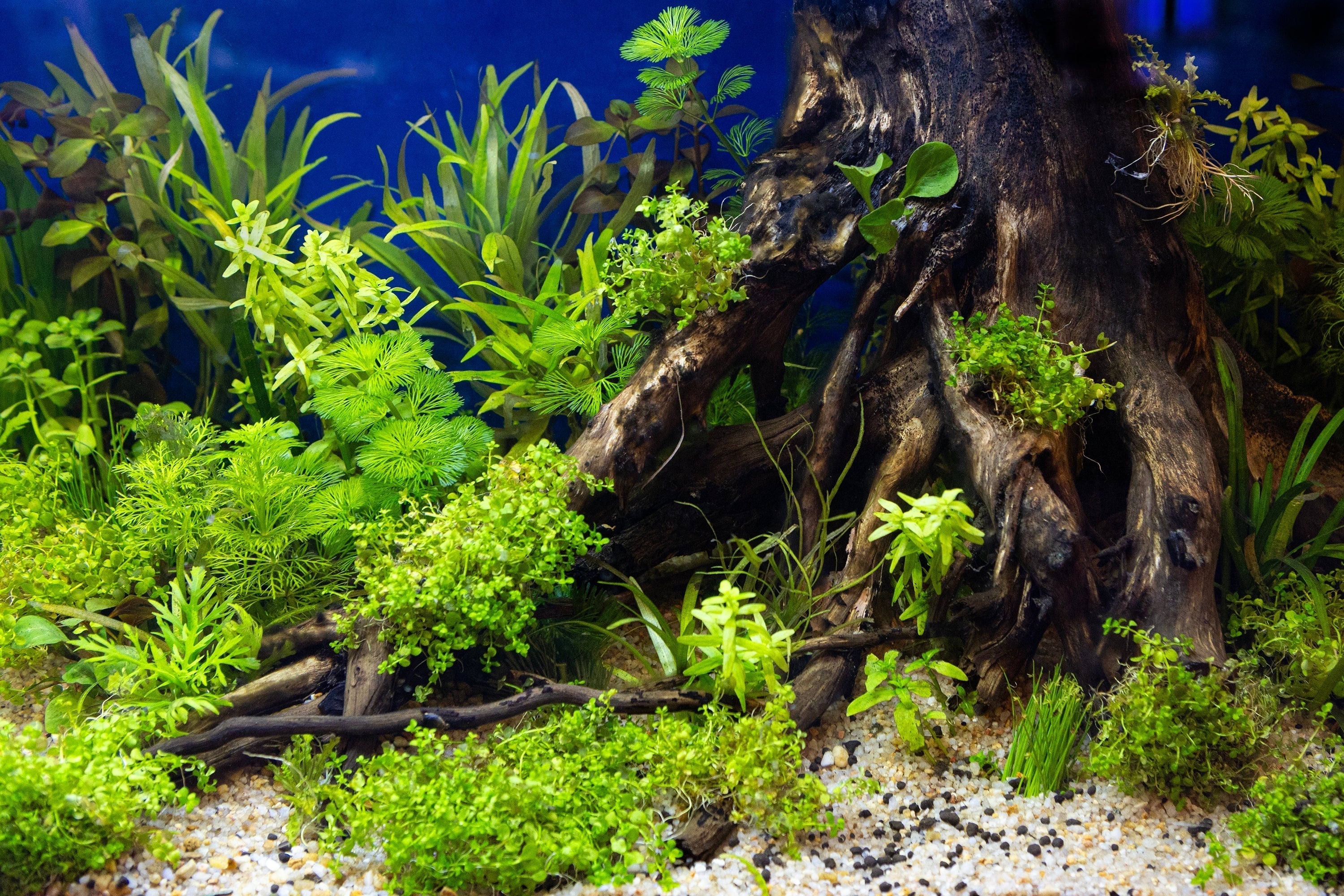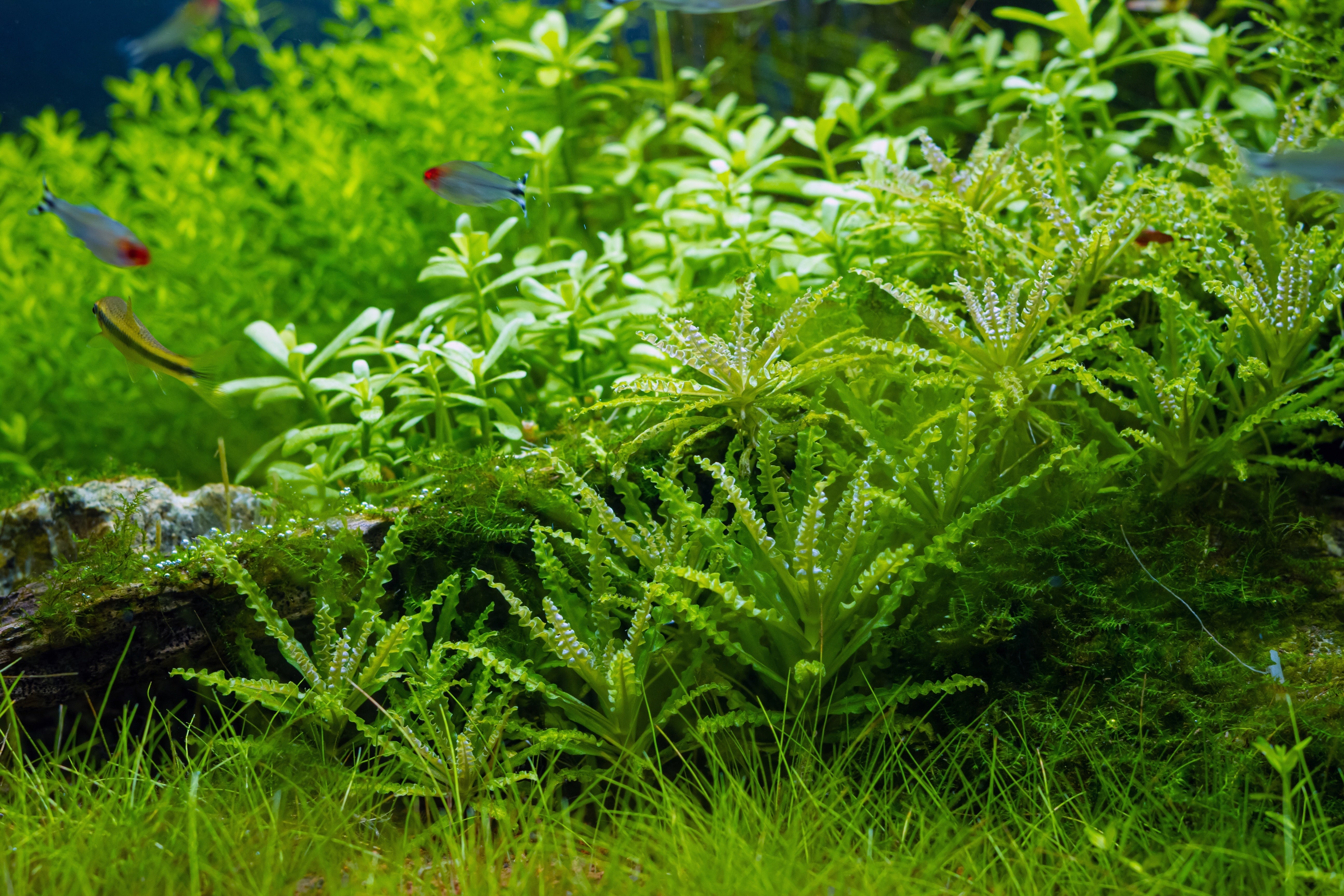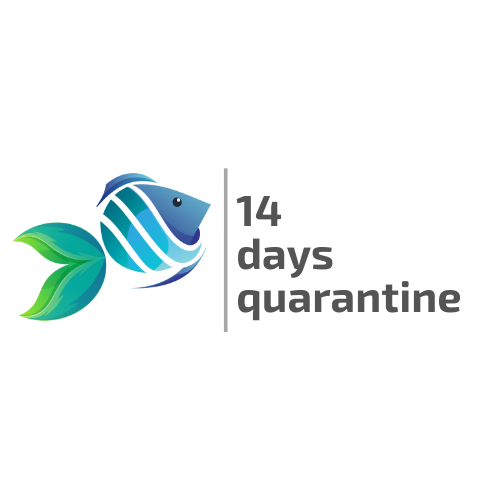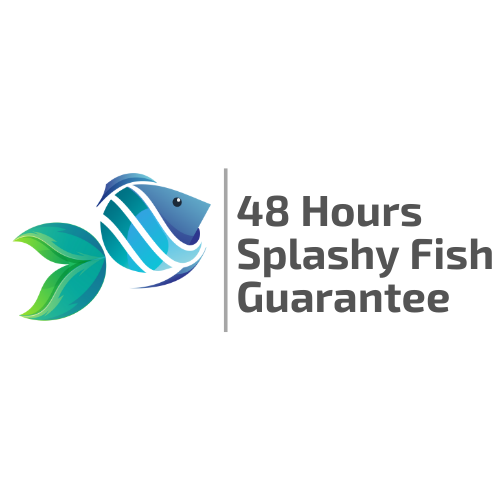Table of Contents
Are you ready to elevate your aquarium or pond setup with the enchanting beauty of water wisteria? This aquatic plant not only brings a lush, vibrant touch to your underwater landscape but also plays a vital role in maintaining a healthy ecosystem. Known for its floating, feathery leaves and impressive growth rate, water wisteria is a favorite among both novice and experienced aquatic plant enthusiasts. In this ultimate guide, we’ll dive into everything you need to know for stellar water wisteria care. From understanding its ideal growing conditions to mastering propagation techniques, we’ll provide you with the essential tips and tricks to ensure your water wisteria not only survives but thrives. Whether you're looking to enhance the aesthetic appeal of your aquarium or create a lush sanctuary for fish, this guide is your go-to resource. Let’s embark on this aquatic journey and discover how to make your water wisteria flourish like never before!
What Are Water Wisteria Floating Plants?
Water Wisteria (Hygrophila difformis) is a versatile and fast-growing freshwater aquarium plant that can be planted in substrate or allowed to float. Native to Southeast Asia, this member of the Acanthaceae family is recognized by its finely divided, lace-like leaves and its ability to rapidly absorb excess nutrients from the water column. Its adaptability and aesthetic value make it a staple in planted tanks around the world.
This plant is also appreciated for its unique ability to change leaf shape depending on whether it is grown submerged or emersed. Emersed (above water) growth typically produces broader, rounded leaves, while submerged (underwater) growth results in the highly ornate, feather-like leaves that are so popular in aquarium setups.
As a floating plant, water wisteria’s feathery leaves provide shade, reduce light penetration, and create ideal shelter for fry and shy fish. When rooted, it grows upright and serves as a beautiful background or midground plant. Aquarium enthusiasts often use this plant as a natural filter due to its high nutrient uptake and algae-fighting capabilities.
Why Should I Add Water Wisteria to the Aquarium Tank?
Adding water wisteria to your aquarium brings both aesthetic and ecological benefits. Its bright green, lacy foliage instantly enhances the visual appeal of any freshwater tank. But beyond looks, water wisteria contributes significantly to the health of your aquarium ecosystem.
- Natural filtration: This plant absorbs nitrates, phosphates, and other nutrients that contribute to algae growth, making it a natural competitor against unwanted algae.
- Oxygenation: It helps oxygenate the tank, especially when it’s growing vigorously and during photoperiods with good lighting.
- Habitat enrichment: The dense leaves offer a hiding place for small freshwater fish, shrimp, and fry, providing a sense of security and reducing stress.
- Algae control: Its fast growth competes with algae for nutrients, limiting algae outbreaks and promoting water clarity.
Whether you're keeping bettas, livebearers, shrimp, or tetras, this wisteria aquatic plant serves both decorative and functional roles in the aquarium. It’s also beneficial in breeding tanks and fry grow-out tanks, where it creates a secure and gentle environment.
How to Plant Water Wisteria Plants?
Water wisteria can be grown in two primary ways: planted in substrate or allowed to float. Both methods are effective, depending on your tank layout and aesthetic goals.
Planted
Bury the roots into a fine-grained substrate like aquarium soil or sand. Make sure not to bury the stem too deep, as this may cause rot. Once rooted, it will send out new shoots and quickly develop into a bushy plant. This setup is great for background planting or to fill open spaces in a midground aquascape.
Floating
Simply allow cuttings or full stems to float freely at the surface. Floating water wisteria often grows faster and is easier to manage for beginners. This method provides excellent shade and cover for fish, especially top-dwellers and those that prefer subdued lighting.
Regular trimming is essential to manage its growth and prevent it from blocking too much light or overpowering other plants. You can also use plant weights or mesh to anchor floating stems temporarily.

Create the Ideal Habitat for Water Wisteria
To unlock the full potential of your water wisteria, you’ll need to create conditions that support fast, healthy growth. This involves optimizing water parameters, lighting, and nutrient levels.
Water Condition
- Temperature: 70°F – 82°F (21°C – 28°C), making it suitable for tropical aquariums.
- pH: 6.5 – 7.5, though it can tolerate slightly wider ranges if changes are gradual.
- Hardness: Soft to moderately hard water (3–8 dKH) is ideal, but it can tolerate some variation.
- Flow: Moderate water flow is ideal to keep nutrients circulating and prevent debris buildup on leaves.
Good circulation will also help prevent dead spots where detritus might accumulate, which can lead to algae or decay.
Lighting
Water wisteria requires moderate to high lighting to maintain its vibrant green color and unique leaf shape. Under low light, the leaves may become broader and less lacy. Aim for:
- Light Duration: 8–10 hours per day using a timer to maintain consistency.
- Light Type: Full-spectrum LED or fluorescent lighting designed for plant growth. PAR output should be strong enough to penetrate the water column, especially if planting in taller tanks.
In high-light setups, water wisteria becomes bushier and more compact, making it ideal for aquascaping.
Substrates
While water wisteria can grow in plain gravel or sand, nutrient-rich substrates like aquarium soil can greatly enhance growth when planted. These substrates provide long-lasting nutrients and support root development. If using an inert substrate like gravel, supplement with root tabs for better growth.
If you grow them as floating plants, then they do not require substrate, but they still benefit from liquid fertilizers in the water column.
Fertilization
As a fast grower, water wisteria can deplete nutrients quickly. For lush growth, consider:
- Liquid fertilizers: Supplement with macro and micronutrients, especially potassium, nitrogen, and iron.
- CO2 injection: Optional but beneficial for explosive growth and enhanced coloration.
- Root tabs: Useful when planting in inert substrates like sand or gravel, especially in larger tanks where nutrient depletion occurs faster.
A combination of both root and water column fertilization works best for planted tanks with diverse plant species.
Water Wisteria Propagation
Propagating water wisteria is simple and rewarding. Like many stem plants, it can be propagated through cuttings. It’s a great way to fill out your aquascape or share plants with friends.
- Step 1: Use sharp aquascaping scissors to cut a healthy stem segment (at least 4 inches long) below a leaf node.
- Step 2: Remove any leaves from the bottom inch of the cutting to avoid decay.
- Step 3: Replant the cutting in substrate or float it at the surface.
- Step 4: New roots will form within days, and new leaves will grow from the nodes.
Regular pruning encourages bushier, more compact growth and helps control the plant’s size and spread.
Integrating Water Wisteria with Other Plants
Water wisteria pairs well with a variety of other aquarium plants. Its fast growth and vertical height make it ideal for background placement, while floating versions add shade and surface interest. It works beautifully in nature-style aquascapes and jungle-style planted tanks.
Good companion plants include:
- Java Fern (Microsorum pteropus)
- Anubias species (Anubias barteri, Anubias Nana Petite)
- Hornwort (Ceratophyllum demersum)
- Amazon Sword (Echinodorus spp.)
- Vallisneria (Vallisneria spiralis)
When integrating with slower-growing plants, be mindful of wisteria's quick growth. Its fast spread can overshadow other plants, limiting their access to light and nutrients. Prune water wisteria regularly to keep balance in the aquascape.
Common Issues with Water Wisteria
While generally hardy, aquarium wisteria plants can sometimes experience issues:
- Yellowing leaves: Often a sign of nutrient deficiency—especially iron or potassium. Address with targeted liquid fertilizers.
- Melting: New plants may shed leaves during acclimation but will recover with time. Sudden changes in lighting or temperature can trigger this.
- Stunted growth: Usually due to inadequate lighting, low CO2 levels, or insufficient nutrients.
- Algae growth: If left untrimmed, dense leaves can collect debris and develop algae patches. Good circulation and routine pruning help prevent this.
Preventative care includes proper fertilization, water changes, and trimming. Test water parameters regularly to catch imbalances early.
Conclusion
Water wisteria is a stunning and versatile addition to any freshwater tank. Whether used as a rooted aquarium plant or allowed to float, its graceful leaves and rapid growth offer aesthetic beauty and functional benefits. From natural filtration and oxygenation to providing shelter for aquatic life, water wisteria is more than just a pretty plant—it’s a powerhouse of aquatic ecosystem support.
With proper wisteria care—including adequate lighting, balanced nutrients, and occasional trimming—this aquatic plant will thrive in most community tanks. Easy to propagate and compatible with a variety of other aquatic plants, water wisteria deserves a spot in every aquarist’s toolbox. Whether you're a beginner or a seasoned hobbyist, aquarium wisteria brings life, color, and balance to any aquascape.
Visit Splashy Fish tropical fish store to buy Water Wisteria for sale and other aquarium plants for sale online or at our aquarium store in Virginia for more freshwater fish for sale, betta fish for sale, freshwater shrimp for sale, and aquarium supplies.
Water Wisteria Care Frequently Asked Questions (FAQs)
Can Water Wisteria grow in low light?
Water Wisteria can survive in low light, but it will not thrive. Under low lighting conditions, the plant’s signature feathery leaves may become broader and less defined, and growth will slow significantly. If you're keeping it in a low-tech tank, consider floating it near the surface where it can access more light or supplementing with a budget-friendly LED fixture. For best results, provide moderate to high light levels.
Can I grow Water Wisteria in betta fish tank?
Yes, water wisteria is an excellent plant for betta tanks. Whether floating or rooted, its soft leaves offer gentle cover that mimics the natural habitat of bettas. It also helps absorb toxins and creates surface shade, which bettas enjoy. Just be sure to leave enough open swimming space and trim the plant regularly. Bettas love interacting with the plant and may rest on its leaves near the surface.
Is Water Wisteria easy to grow?
Absolutely! Water wisteria is considered one of the easiest aquarium plants to grow, making it perfect for beginners. It adapts well to a variety of tank conditions, grows quickly, and propagates easily through cuttings. With basic lighting and regular fertilization, this plant can become a lush centerpiece or background feature in no time. Even in low-tech setups, it can thrive when given consistent care.


